
Tag Archives Pest control

Nanotechnology used to develop genetic pest control
Nanotechnology allows new research to target pests through RNA for precision treatments rather than chemcial spray
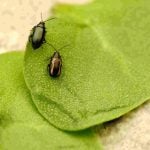
RNAi research looks for genetic-level flea beetle control
A Canadian company hopes to develop an alternative to mainstream insecticides when managing flea beetles in canola crops
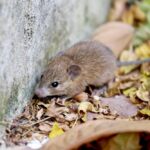
Rodent poisons allowed on B.C. farms during temporary ban
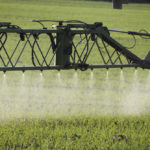
Consumers and chemicals: The battle for a balanced pest management system
The preference of your customers is changing and it’s important for your business that you’re aware of it
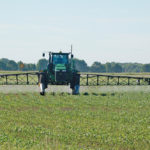
A messy year for weeds
Farmers didn’t see many weeds early this year, but agronomists warned that the flush was coming
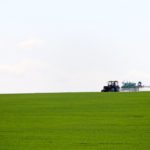
Common sense needed in pesticide reviews: agri-food groups
The PMRA has been stacking review upon review in some cases, critics say
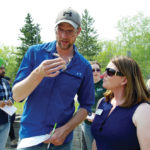
On the watch for downy and Japanese brome
Downy and Japanese brome have been considered invasive species in Manitoba for years and weed experts are asking farmers to keep an eye out for them
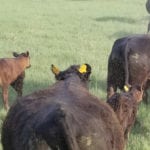
Controlling cattle pests vital
Left untreated, pests can cause significant loss in production

Invasive weeds have genetic advantage
A single trait, which developed independently in multiple situations, drives invasive success
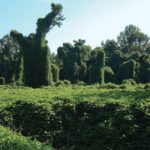
Scientists want to understand behaviour of invasive weeds
Why are certain plants able to enter a new ecosystem and run riot?


